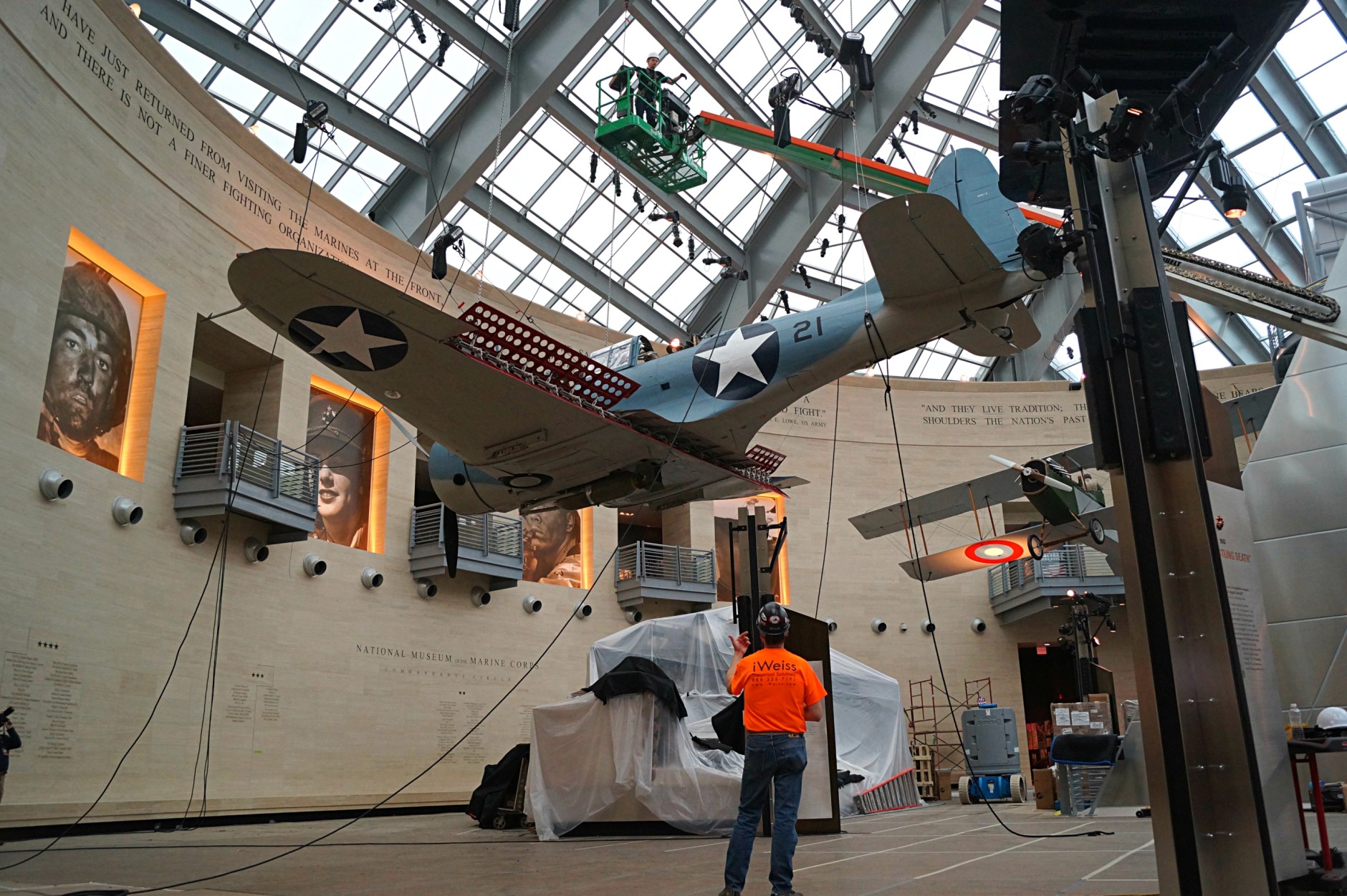
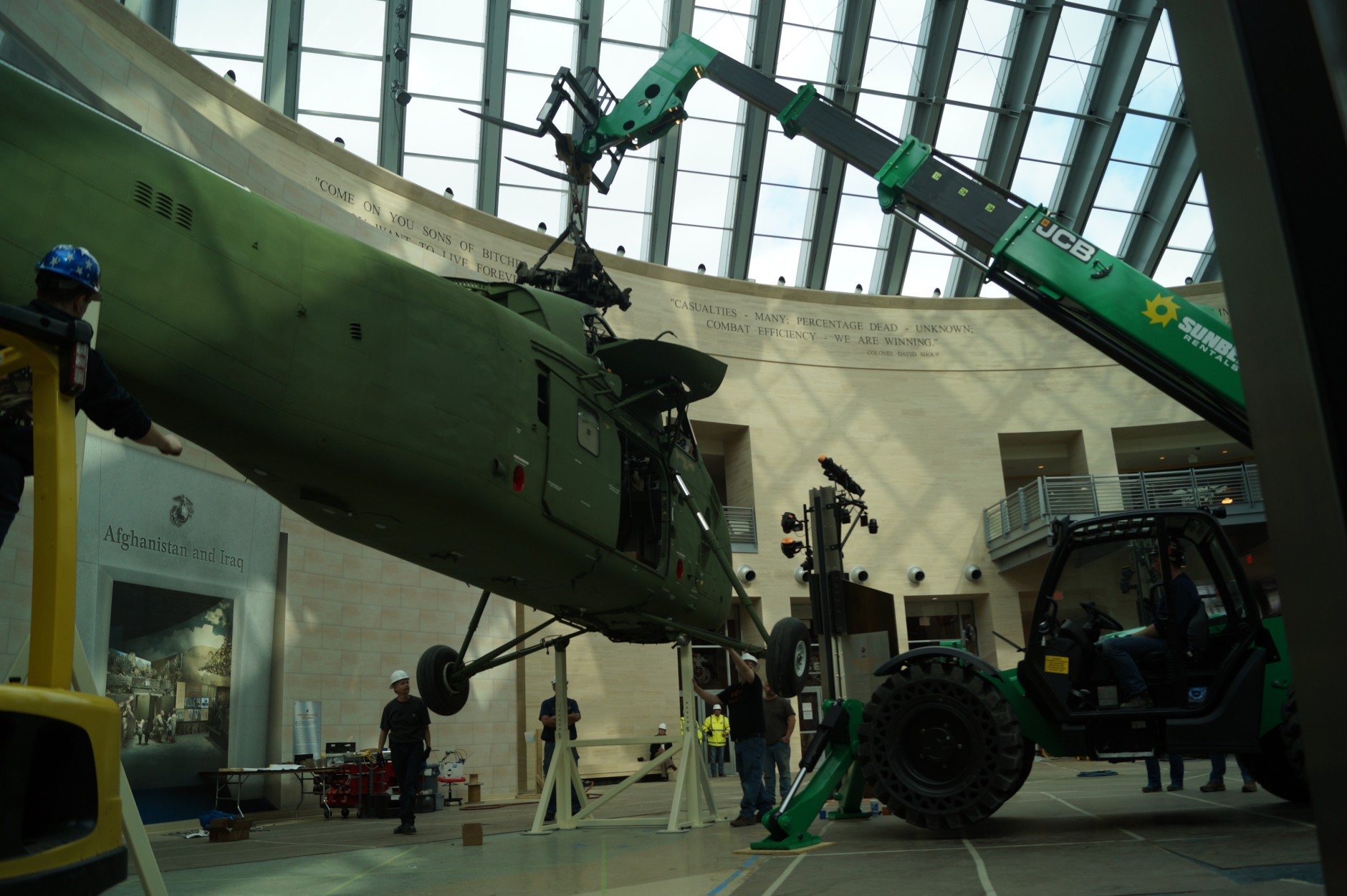
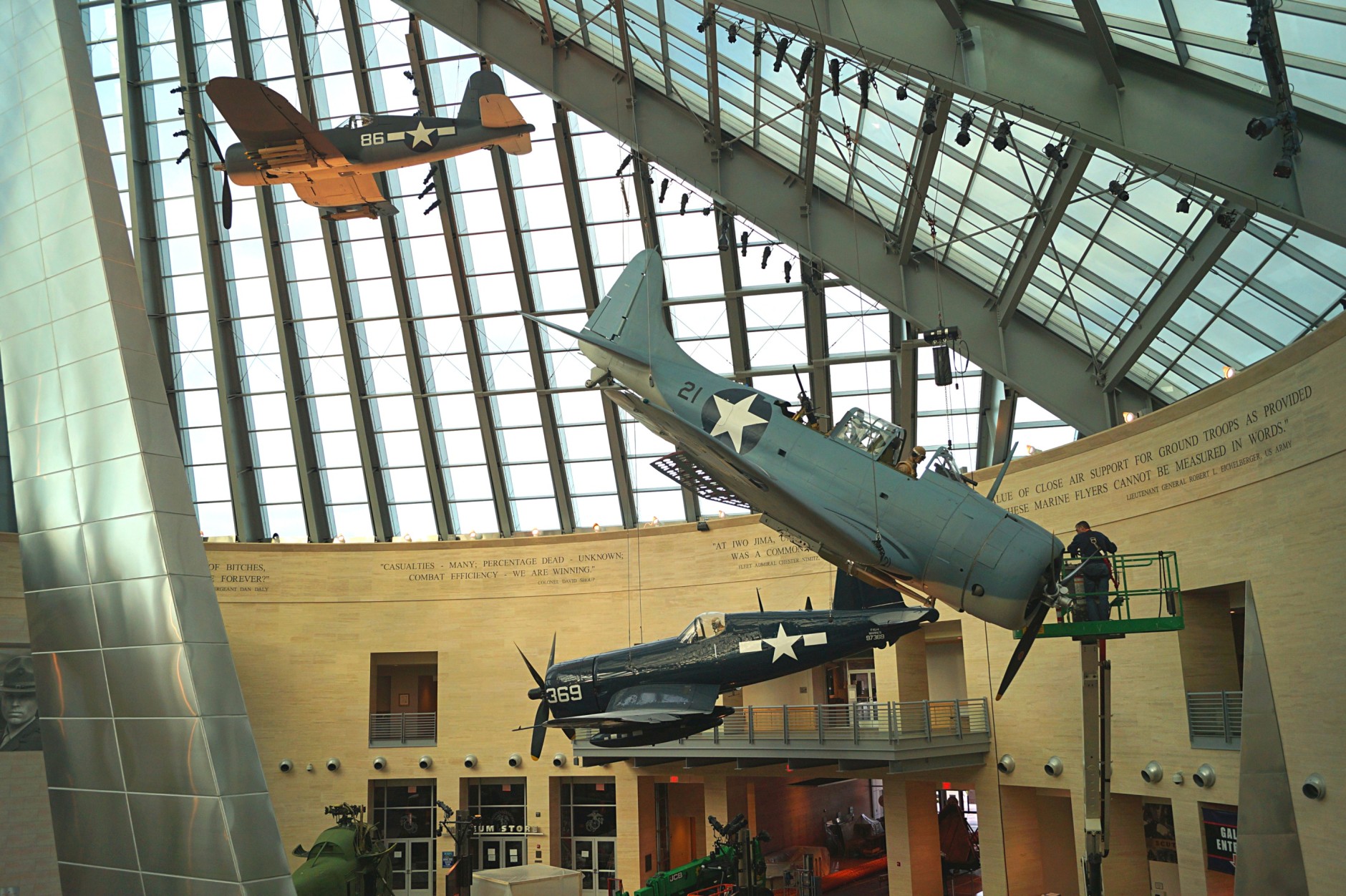
Upgrades to be revealed Fri @MarineMuseum #WTOP pic.twitter.com/11LPPcjzqw
— Kristi King (@kingWTOP) March 31, 2016
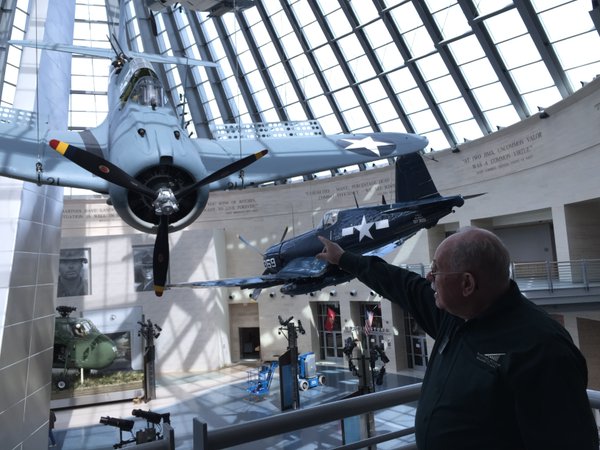
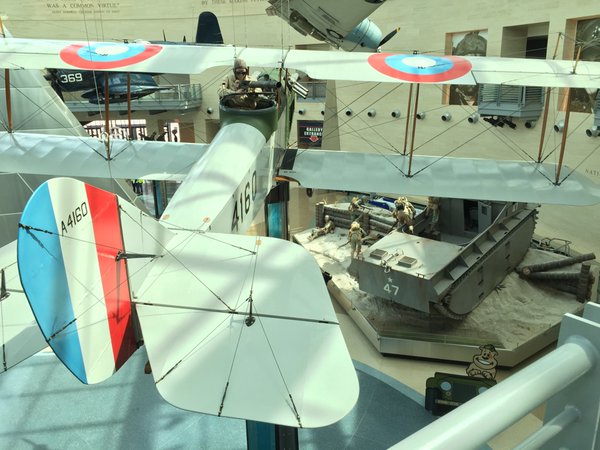
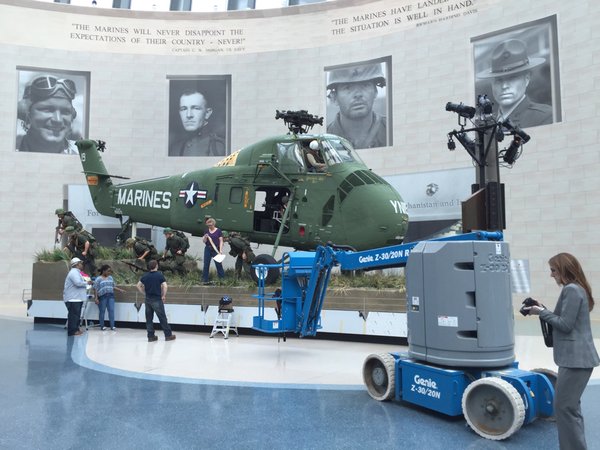
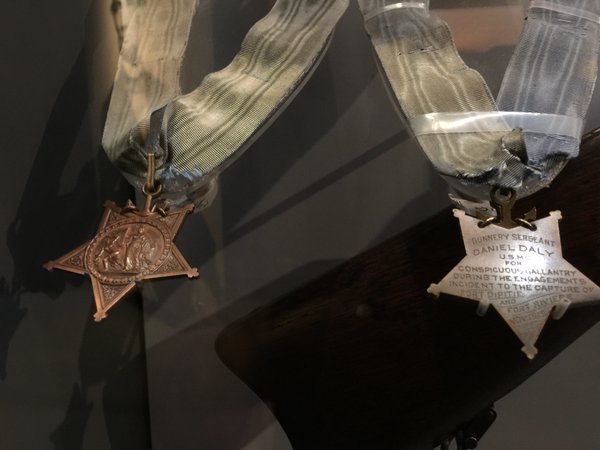
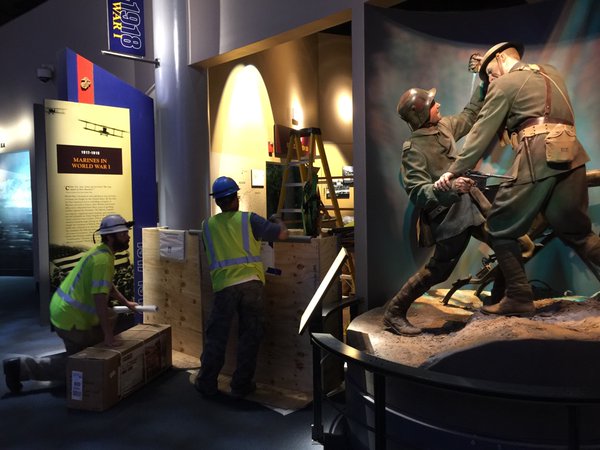
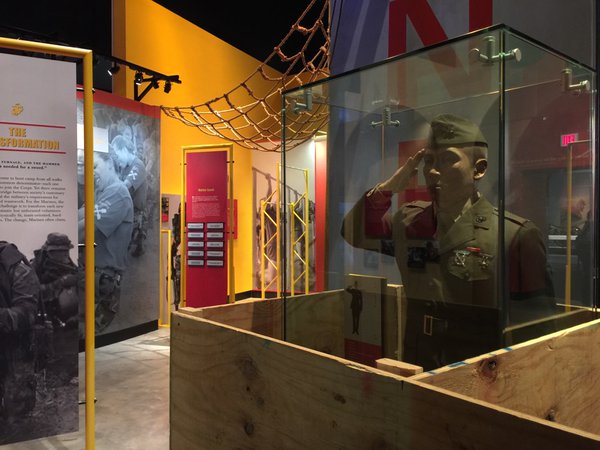
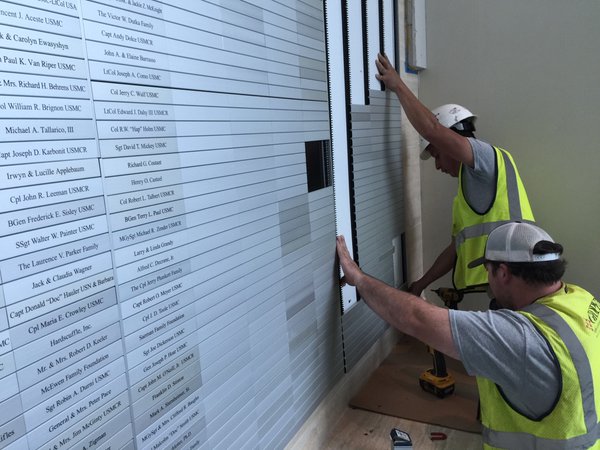
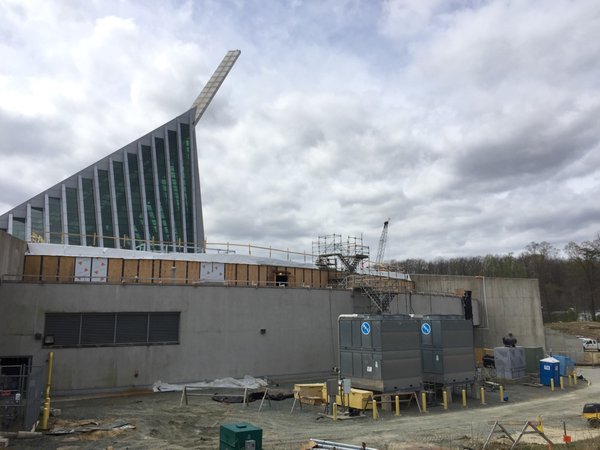
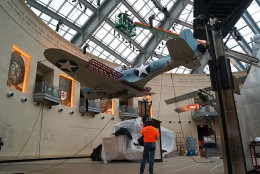
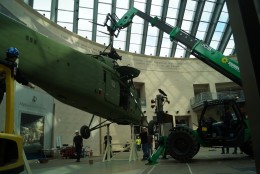
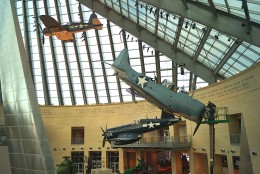
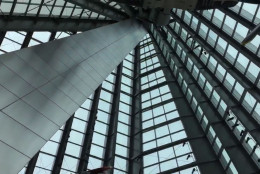
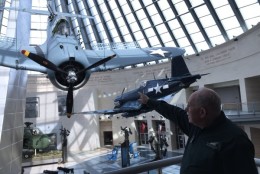
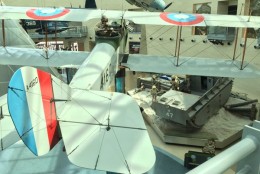
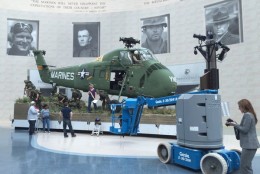
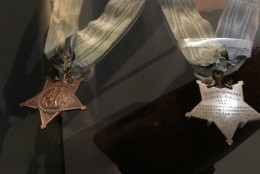
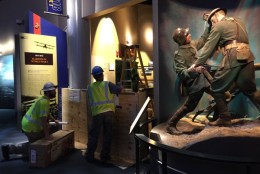
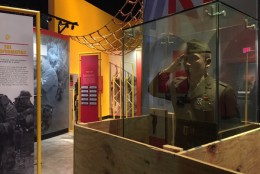
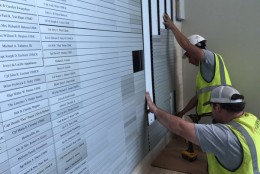
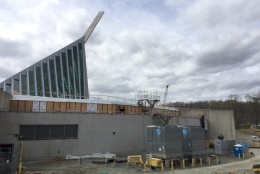
WASHINGTON — The National Museum of the Marine Corps reopens Friday with new artifacts and important upgrades.
The most visible changes include two new aircraft displayed in the Leatherneck Gallery. There’s a new tableau depicting a UH-34D helicopter that delivered infantry during the first Marine offensive in the Vietnam War. Then there’s the newly installed SBD-4 Dauntless Dive Bomber.
The bomber dangles toward the floor at what appears to be a precarious angle, but still isn’t tilted as dramatically as it would be on a real mission.
“When you delivered your bomb with this airplane, you normally came in at a 40-degree dive angle,” said Roger McIntosh, a guide at the museum. “This angle of display gives the visitor a better presentation to see the workings of the aircraft itself.”
To bring the plane and chopper into the cathedral-like hall of glass, the building’s entire front door frame needed to be removed. Another upgrade involved deconstructing exhibit areas.
“There were new codes for fire retardants,” said Gwenn Adams, a museum spokeswoman. “While we were closed, we were able to get into those places and upgrade the fire retardants.”
Lighting, among other things, was changed during the multi-month closure.
“We retrofitted all the lighting in the museum with LED lights, which is better for the artifacts,” Adams said. “Also, it’ll save us a lot of money on our electric bill over the years.”
The National Museum of the Marine Corps covers 1775 to 1976. Construction currently underway will expand the museum by 117,000 square feet to include history from 1976 to the present.
“The experience is different for everyone who comes,” Adams noted. “But you will see U.S. and world history through the eyes of the Marines.”
New galleries will begin to open in 2017 and continue until 2020.
The museum is located at 18900 Jefferson Davis Highway in Triangle, Virginia.








